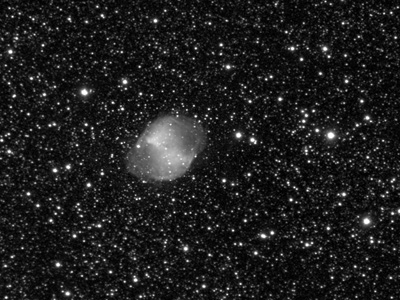November 8, 2007, - 10:19 am
Dark Skies: Meet the Newest Environmentalist Nuttery
By Debbie Schlussel
**** SCROLL DOWN FOR UPDATE ****
Uh-oh. Those darn stores and business with their lights so we can find them are polluting the skies at night . . . with light. and we can’t have that. The skies must be dark . . . just like in the dawn of time. I mean, if cavemen had dark skies, then we must have them, too. Right?
That’s the point of view of the Dark Skies movement, a group of uber-environmentalists who like their skies dark . . . and their ability to see the road and find the store late at night hampered.
The movement took hold in Flagstaff, Arizona, where since 1973, a city ordinance restricts businesses to low-intensity lights. And that’s not all.

Lights must be shielded and directed toward the ground. Any light shining above horizontal “just lights up the bellies of bats,” [environmental activist John] Grahame [co-founder of the Dark-Sky Coalition]. Commercial signs must have opaque backgrounds with little white light. A business’ total amount of outdoor light is restricted.
But businesses are not wimps when it comes to trying to entice customers. Many Flagstaff stores are getting around the ordinance:
The stores hung big round globes inside their front doors that shine bright white light outside on the sidewalk and beyond.
This angers the Dark Sky Draculas.
Yup, let’s go back to the Dark Ages . . . you know, the good ole’ days. We can live like Bin Laden in caves. That’s the ticket.
Beware of the Dark Sky Movement. And hope it stays in Flagstaff. But don’t bet on it. A growing number of cities are looking into it, USA Today reports.
I can understand the need to be in the complete dark when you are stargazing, camping, or “communing with nature”:
“The vast majority of people grow up in a city and don’t know what a dark sky looks like,” says David Crawford, co-founder of the International Dark-Sky Association in Tucson. “I’ve never seen anybody who wasn’t deeply impressed, their souls struck almost, by being out in a really dark place.”
But when we live in the 21st Century, and we want to get on with our lives after dark (which occurs early in the winter), we need light. And criminals don’t go where the bright lights shine.
If you want a completely dark sky, go camping. And stop inconveniencing the rest of us with your anti-technology, Unabomber-esque ways.
**** UPDATE: Reader Sean writes:
The dark skies advocates kill me. You know who best meets the criteria set forth by Flagstaff? North Korea! Maybe Flagstaff should give an award to Kim Jong-Il.
Tags: anti-technology, Arizona, bin Laden, co-founder, Dark Skies, Dark Sky Movement, Dark-Sky Coalition, David Crawford, Debbie Schlussel, environmental activist, Flagstaff, International Dark-Sky Association, John, Kim Jong-Il, North Korea, USA Today


I jumped out of bed this morning thinking that I’ve seen and heard everything that there is to see and hear. Lo and behold I was greatly mistaken.
This ‘dark skies’ movement is the stupidest damn thing ever concocted by anyone!! Where in the hell do these idiots come from? Maybe it’s time to create the 21st century of a ‘reservation’ for these nutbags. This way they can live in the dark, eat veggies, run naked, befriend wild animals and whatever else that fits into their way of thinking. They could then leave the rest of us normal ‘I would like to see were in the hell I’m going’ folks alone!! I am sooooo sick of phucking morons trying to impose their earth friendly save the whales lifestyle on me.
newinnewark on November 8, 2007 at 12:58 pm